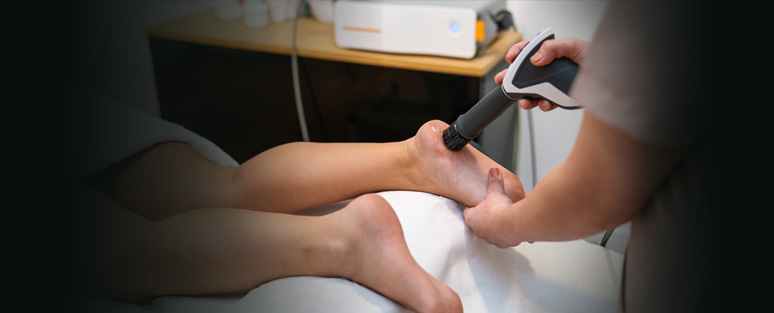When it comes to medical advancements, Platelet-Rich Plasma (PRP) therapy represents a substantial improvement for individuals struggling with joint pain in recent years. While it offers potential life-changing relief, PRP therapy is not a one-size-fits-all solution. In this comprehensive guide, we will discuss the complexities of PRP therapy, its effectiveness, and considerations for individuals contemplating this treatment.
The Science Behind PRP Therapy
At the heart of PRP therapy lies a remarkable concept: utilizing the body's natural healing mechanisms to promote tissue repair and alleviate pain. This concept is based on the function of growth factors found in our blood's platelets.
Platelets play a vital role in the body's response to injury. When tissue damage occurs, the body sends platelets to release growth factors that signal the body to initiate healing. PRP therapy utilizes this natural response by concentrating a patient's platelets and reintroducing them into the injured or degenerated joint. This concentrated platelet-rich plasma is packed full of growth factors that can amplify the body's regenerative capacity.
Reintroduction of the plasma jumpstart the healing process in the targeted joint or tendon. It's an effective combination of modern medical technology and the body's innate ability to heal itself.
Does PRP Therapy Truly Deliver?
The effectiveness of PRP therapy for joint pain remains a subject of ongoing rigorous research and debate. Several factors can influence the outcomes of PRP therapy. First and foremost, the type and severity of the joint condition are critical considerations. PRP therapy is used for mild to moderate joint conditions, including osteoarthritis, tendonitis, and ligament injuries. In cases where an individual has severe joint damage, more invasive treatments such as surgery may be the more effective and preferred course of action. Patient-specific factors also come into play, with elements like age, overall health, and other medical conditions swaying the success of PRP therapy.
You should also consider the proficiency and experience of the healthcare professional performing the procedure, as it plays an important role in the quest for positive results. Post-treatment care, encompassing diligent rehabilitation and physical therapy, is crucial to maximize the benefits of PRP therapy. Lastly, patients must manage their expectations wisely, as PRP therapy may not deliver immediate relief, and may require multiple sessions for optimal results.
The Research Behind PRP Therapy
In research, numerous studies have sought to shed light on the effectiveness of PRP therapy. One notable investigation, published in the "American Journal of Sports Medicine" in 2019, delved into the impact of PRP therapy on knee osteoarthritis. The results of this study were promising, revealing that PRP injections led to significant improvements in pain relief and enhanced joint function when compared to a control group.
Furthermore, meta-analyses have played a pivotal role in consolidating data from multiple studies to gain a broader perspective. In a meta-analysis study in the "Journal of Orthopaedic Surgery and Research" in 2020, data suggested that PRP therapy could hold considerable promise for many conditions, including knee osteoarthritis, tendon injuries, and rotator cuff tears. However, it's essential to emphasize that additional research is needed to firmly establish the long-term effectiveness of PRP therapy, as individual responses to the treatment can vary significantly.
Should You Contemplate PRP Therapy?
Before deciding on PRP therapy, it's important to discuss it with your orthopedic surgeon, as you are treating an orthopedic condition. Several factors can influence your decision:
-
Diagnosis: Ensuring a precise diagnosis of your joint or tendon condition is critical, as it forms the foundation for informed decision-making.
-
Consultation: Open and honest discussions about your treatment goals and expectations with your Orthopedic surgeon are essential to determine whether PRP therapy aligns with your needs.
-
Health History: A comprehensive evaluation of your overall health, age, and the presence of other medical conditions should be considered to assess the suitability of PRP therapy for your unique circumstances.
-
Cost: Understanding the cost and insurance coverage of PRP therapy is important, as not all insurance plans may cover this treatment.
Conclusion
PRP therapy for joint pain offers significant relief. Still, it should be considered with careful evaluation and consultation with your orthopedic surgeon for a comprehensive overall treatment plan for your orthopedic condition that includes PRP. Individual responses to PRP therapy can be as diverse as the individuals themselves. Your well-being is our utmost concern, and personalized medical and orthopedic advice is the best way to navigate your treatment choices.
If you have questions and would like to discuss if PRP therapy is the right choice for you, Click Here to schedule a consultation with Dr. Natalie Mesnier at Multnomah Orthopedic Clinic. Your orthopedic health is her priority.















